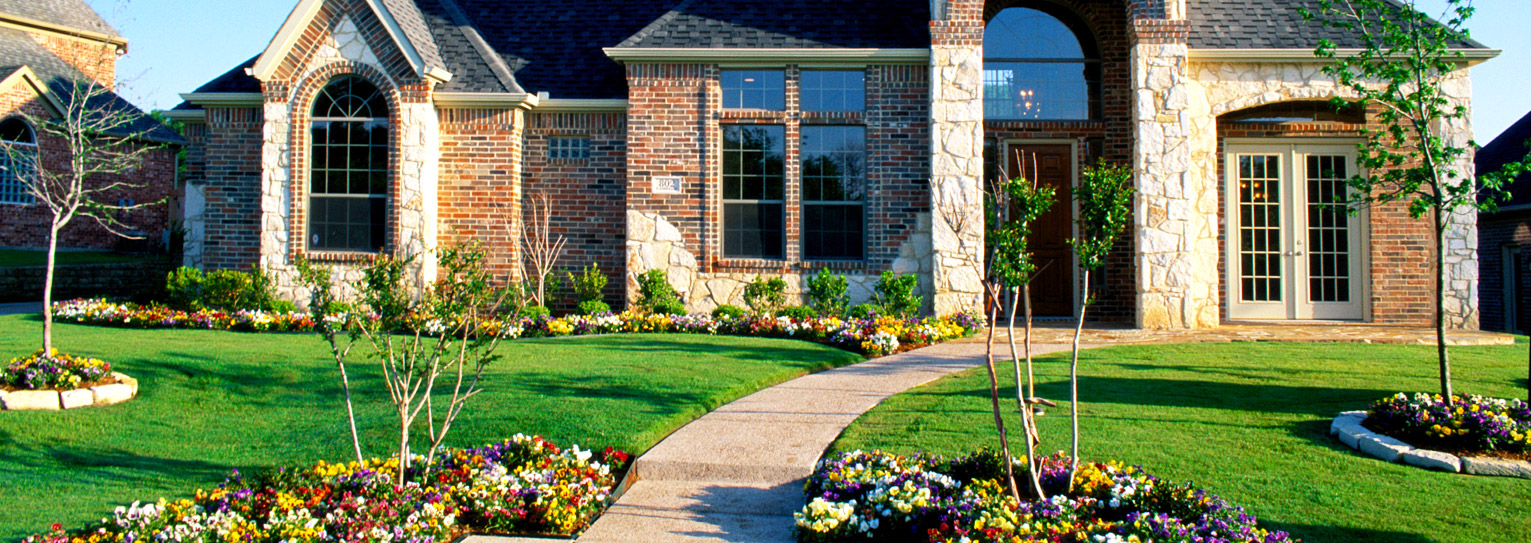Lawn Disease = Brown Spots
Following a lush and verdant spring green-up, early summer now brings with it certain undesirable conditions that directly affect our turf. For the most part, lawns in our area fall under the category of “cool-season” turf. This includes tall fescue, bluegrass and rye grass varieties. These turf grasses tend to thrive in spring and fall. However, once 80-90 degree temperatures arrive, along with higher humidity levels and the occasional late-evening thunderstorm, our lawns and plantings become susceptible to diseases.
Lawns specifically see such problems as:
- Red thread
- Dollar spot
- Brown patch
- Necrotic ring spot
- Slime molds
- Fairy ring
To minimize disease outbreak, follow these guidelines:
- Mow at a 3”-4” cutting height
- Keep your blade sharp! A dull blade tears the grass and makes the plant more open to disease entry
- If you irrigate, water your lawn in the morning. Evening/nighttime watering keeps the leaf surface wet and more prone to the spread of disease during the active overnight hours.
- Consider a fungicide application. While the product can be costly and the control limited, it is an option and may be especially recommended for newer stands of turf that can suffer permanent damage from disease.
In most cases, the brown spots disease can cause are more of a visual nuisance that the lawn will grow out of as weather patterns change.



